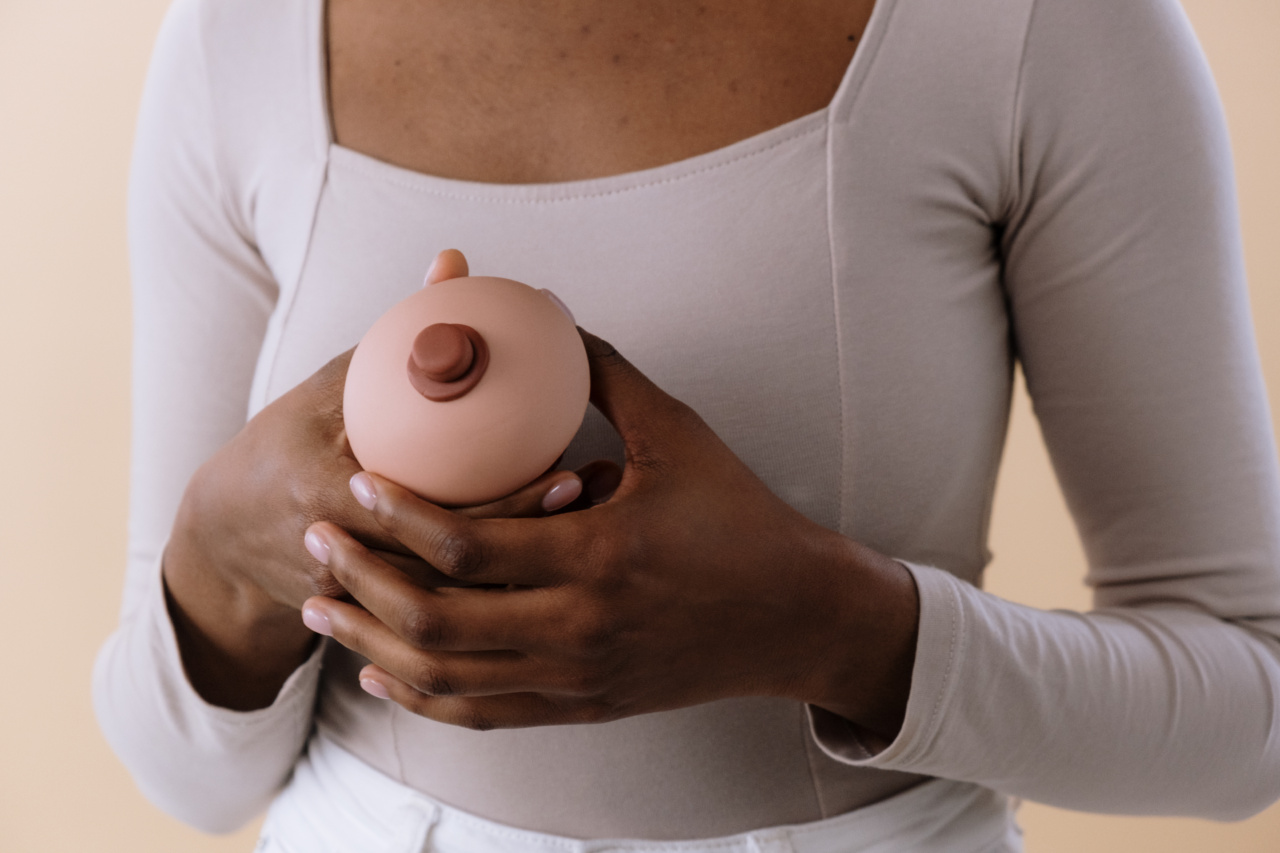Mastectomy is a surgical procedure that involves removal of one or both breasts in order to treat or prevent breast cancer. For years, the traditional method of mastectomy involved removing not only the breast tissue, but also the entire nipple.
However, with advances in surgical techniques and research, nipple-sparing mastectomy has become a viable option for many.
What is Nipple-Sparing Mastectomy?
In a nipple-sparing mastectomy, the breast tissue is removed, but the nipple and areola are left intact. This procedure is often accompanied by breast reconstruction in order to give a more natural appearance after the surgery.
Nipple-sparing mastectomy is considered a safe and effective option for women with early stage breast cancer who are eligible for breast conservation surgery but prefer a mastectomy. It also can be appropriate for high-risk women who choose prophylactic mastectomy, meaning the removal of a breast or breasts to prevent cancer from developing.
The Benefits of Nipple-Sparing Mastectomy
Among the many benefits of nipple-sparing mastectomy is the preserved appearance of the breast after the surgery. The nipple and areola often define the shape of the breast and provide a more natural appearance.
It is a psychologically and physically beneficial approach to mastectomy because the reconstructed breast looks and feels more like a natural breast, leading to higher patient satisfaction and self-confidence. This aesthetic outcome can have significant psychological benefits for women who have had to undergo mastectomy.
Who is a Candidate for Nipple-Sparing Mastectomy?
Not every woman is a candidate for nipple-sparing mastectomy. Factors that may impact your eligibility include the size and location of the tumor, the type of cancer and its position in the breast, as well as any other medical conditions you may have.
In most cases, your medical team will work with you to determine if you are a good candidate for the procedure.
Risks and Drawbacks of Nipple-Sparing Mastectomy
Like any surgical procedure, nipple-sparing mastectomy comes with risks and drawbacks.
While preserving the nipple and areola reduces the risk of disfigurement and can improve the psychological outcome of the surgery, it increases the risks of breast cancer recurrence by up to 1%. Additionally, the procedure may not be recommended if the nipple or surrounding skin is found to contain cancer. In such cases, the nipple will need to be removed in order to eliminate all cancerous tissue and decrease the risk of the cancer returning.
Your surgeon will be able to discuss the possible risks and drawbacks of nipple-sparing mastectomy and what steps can be taken to minimize them, based on your individual situation.
The Importance of a Skilled and Experienced Surgeon
The quality of the surgery plays a significant role in the success of any mastectomy procedure. It is vital to have an experienced surgeon who has performed many nipple-sparing mastectomies.
Your surgeon should be well-versed in the nuances of this procedure and able to advise you on the best course of action for your specific needs. It is also important to choose a surgeon who has a proven record of success in breast reconstruction to guarantee the most natural look possible after the surgery is completed.
In conclusion
Nipple-sparing mastectomy is a highly beneficial mastectomy option and has come a long way over the years. It has become an option for a wider range of women as advancements in technology and research have made it safer and more effective.
With its many benefits, including preservation of the nipple and areola, improved aesthetic outcomes, and higher patient satisfaction, nipple-sparing mastectomy is a viable option for eligible women. Consulting a knowledgeable surgeon and having open discussions about the risks and benefits is of utmost importance towards making an informed decision.






















